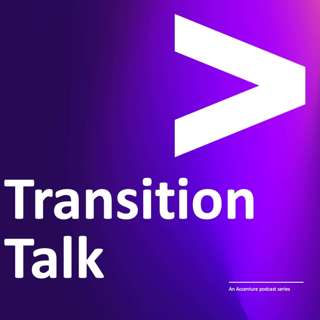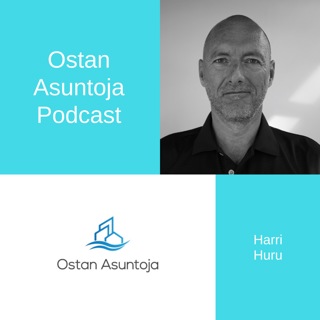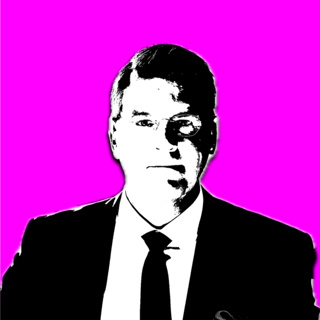
Flexibility: Integrating more renewables in the grid
Mede mogelijk gemaakt door: AccentureAs energy systems transition to more sustainable sources and demand for electricity increases, new challenges arise in ensuring that the lights stay on. This podcast explores the concept of energy flexibility; what is it and why do we need it now more than ever?Conventional power generation by fossil fuels provides both stability and flexibility. Supply is scheduled to match demand and gas-fired power plants can respond relatively quickly to fluctuations. Supply and demand must constantly be balanced to ensure that power failures do not occur. However, as we switch to more solar and wind power and phase out conventional power stations for good, we lose the ability to do this. Wind cannot be controlled and solar cannot be turned on at night. At the same time, our demand for energy is shifting to electricity, for instance by electric vehicles and electrification of heat. Demand for electricity grows and we can expect larger peak demands. This is (in short) the reason why flexibility is a growing challenge for energy systems.But how do we meet this need? Some companies like GIGA Storage provide flexibility with battery storage. Meanwhile larger grid operators, such as TenneT, are looking towards better centralised demand response systems. During this podcast Lonneke Tabak, Strategy and Consulting Manager energy transition, will be joined by Ruud Nijs, Founding Partner and Chief Executive Officer for GIGA Storage, and Jan-Paul Dijckmans, Associate Director of Strategy & Partnerships at TenneT. Together they discuss the flexible future of energy systems and weigh-up the innovative solutions emerging to fill this need.See omnystudio.com/listener for privacy information.
23 Syys 202032min

Challenges and lessons learned in district heating
Mede mogelijk gemaakt door: AccentureHeating in buildings accounts for over half of residential energy consumption via space heating and hot water production, and therefore represents a significant share in CO2 emissions. In the energy transition, district heating is able to provide sustainable heat by distributing heat from various sustainable heat sources to the consumer. However, the implementation of district heating networks comes with many challenges. These challenges include issues around roles & responsibilities, business cases and tariffs, and customer participation and satisfaction in the district heating market. How to overcome these challenges and what are the lessons learned so far?Johnny Hesp, Energy & Sustainability Solutions Specialist at Accenture, Arno van Gestel, Director Sales Heat at Vattenfall, and Erik Stronk, Chairman of Heat Network Foundation (Stichting Warmtenetwerk), discuss the challenges and lessons to learn for district heating networks and stakeholders. Especially, challenges relating to roles and availability of sustainable sources are discussed, as well as an outlook to the future.See omnystudio.com/listener for privacy information.
15 Kesä 202038min





















